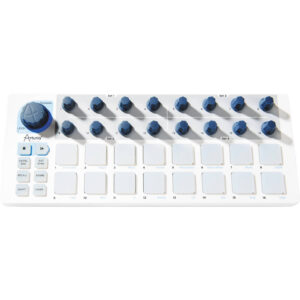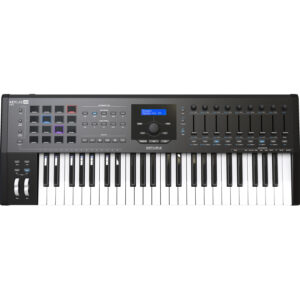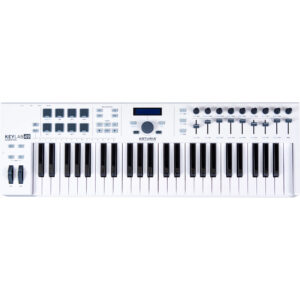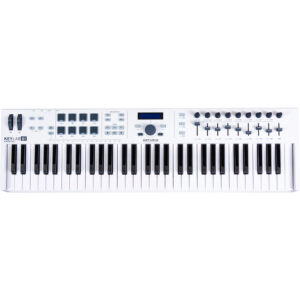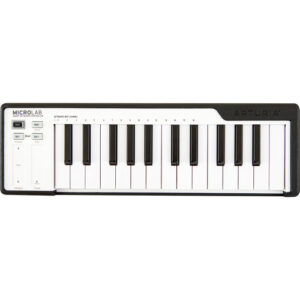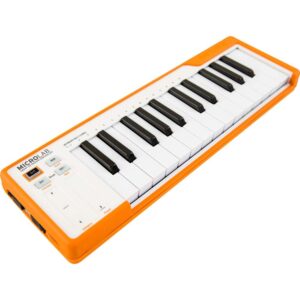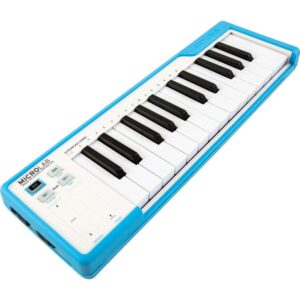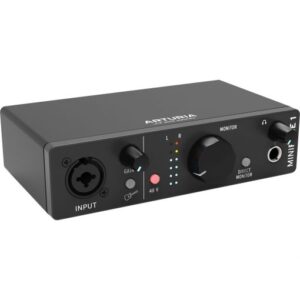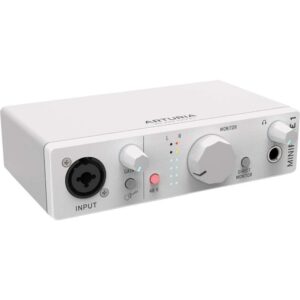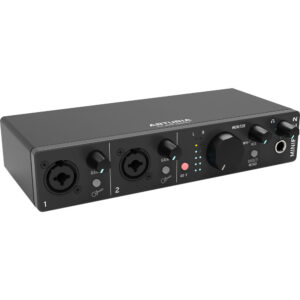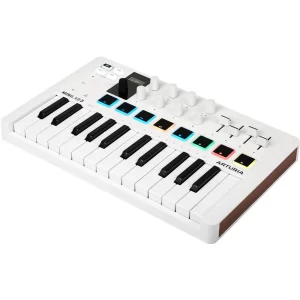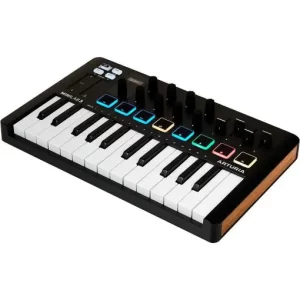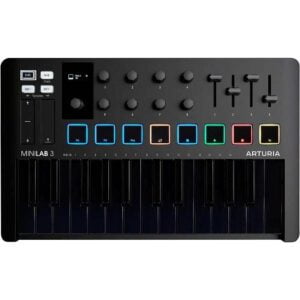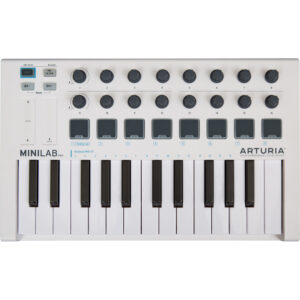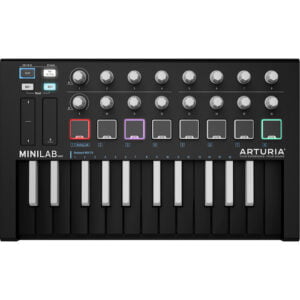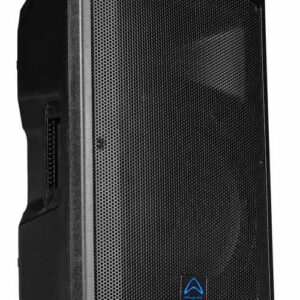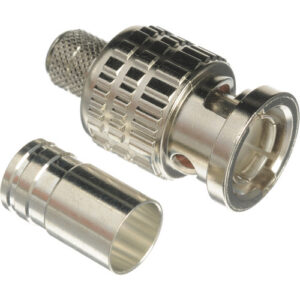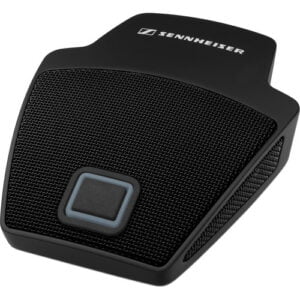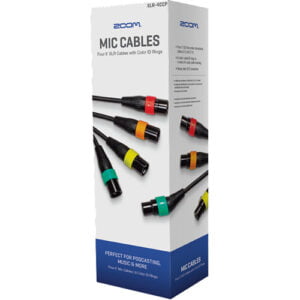History
Arturia MatrixBrute (2016)
Arturia was founded in 1999 in Grenoble by INPG engineers Frédéric Brun and Gilles Pommereuil to create affordable software synthesizers. The first product they developed was Storm, a virtual instrument workstation.[2] The close emulation of classic analog synthesizers helped the company gain popularity in its market.[3] In order to create sounds with minimal digital artifacts, Brun and Pommereuil developed new software algorithms to eliminate these issues.[4]
In 2003, using the algorithms they had developed, Arturia worked with Robert Moog to create the Modular V softsynth. The Modular V uses Arturia’s True Analog Emulation (TAE) in an attempt to faithfully reproduce the oscillators, filters, and other modules from the Moog 3C and Moog 55.[4][5] Following these releases, Arturia continued to develop software emulations of well known synthesizers, including the ARP 2600, Roland Jupiter-8, Minimoog, and Sequential Circuits Prophet-5.
In 2007, Arturia combined sounds from several of their softsynth titles into Analog Factory, which offered 2000 preset synthesizer patches,[6] offering this the following year as Analog Experience, a hybrid system which combined the software with a MIDI keyboard controller specifically designed to play and control it.[7]
Arturia MicroFreak (2019)
Arturia entered the hardware synthesizer market in 2012 with the MiniBrute, a vintage-style 25-key monophonic analog synthesizer with one voltage controlled oscillator, two low-frequency oscillators, and a multimode Steiner-Parker filter.[8] The synthesizer was introduced at the 2012 NAMM Show.[9] Despite pre-production uncertainty about sales, the MiniBrute sold well due to its low price point and expressive sound.[10] In the following year, Arturia announced their next hardware synthesizer, the MicroBrute, a smaller and less expensive version of the MiniBrute with minikeys, a patch bank, and a sequencer.[11] Both synthesizers received critical acclaim.[10]
 Nektar Technology Impact LX61+ 61-Key USB MIDI Controller Keyboard
1 × ₨ 72,000
Nektar Technology Impact LX61+ 61-Key USB MIDI Controller Keyboard
1 × ₨ 72,000 M-Audio Keystation 61 MK3 61-Key USB-Powered MIDI Controller
1 × ₨ 75,000
M-Audio Keystation 61 MK3 61-Key USB-Powered MIDI Controller
1 × ₨ 75,000 Novation Launchkey 61 MK3 USB MIDI Keyboard Controller
1 × ₨ 105,000
Novation Launchkey 61 MK3 USB MIDI Keyboard Controller
1 × ₨ 105,000 M-Audio Oxygen 25 MKV - 25-Key MIDI Keyboard
1 × ₨ 48,000
M-Audio Oxygen 25 MKV - 25-Key MIDI Keyboard
1 × ₨ 48,000
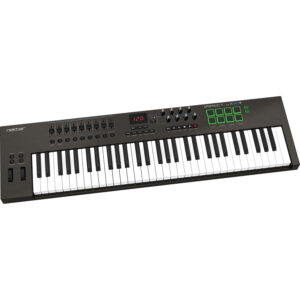 Nektar Technology Impact LX61+ 61-Key USB MIDI Controller Keyboard
Nektar Technology Impact LX61+ 61-Key USB MIDI Controller Keyboard 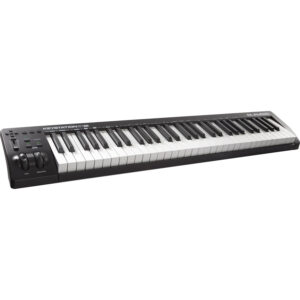 M-Audio Keystation 61 MK3 61-Key USB-Powered MIDI Controller
M-Audio Keystation 61 MK3 61-Key USB-Powered MIDI Controller  Novation Launchkey 61 MK3 USB MIDI Keyboard Controller
Novation Launchkey 61 MK3 USB MIDI Keyboard Controller 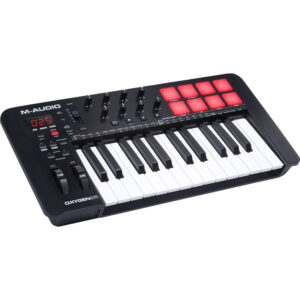 M-Audio Oxygen 25 MKV - 25-Key MIDI Keyboard
M-Audio Oxygen 25 MKV - 25-Key MIDI Keyboard 
